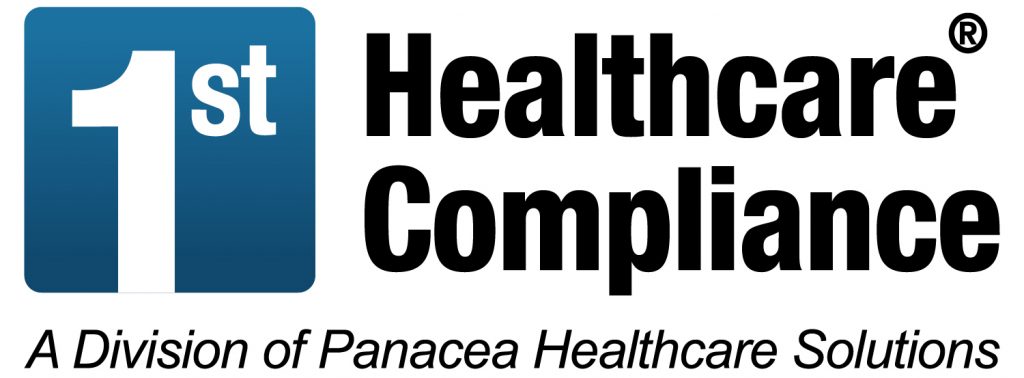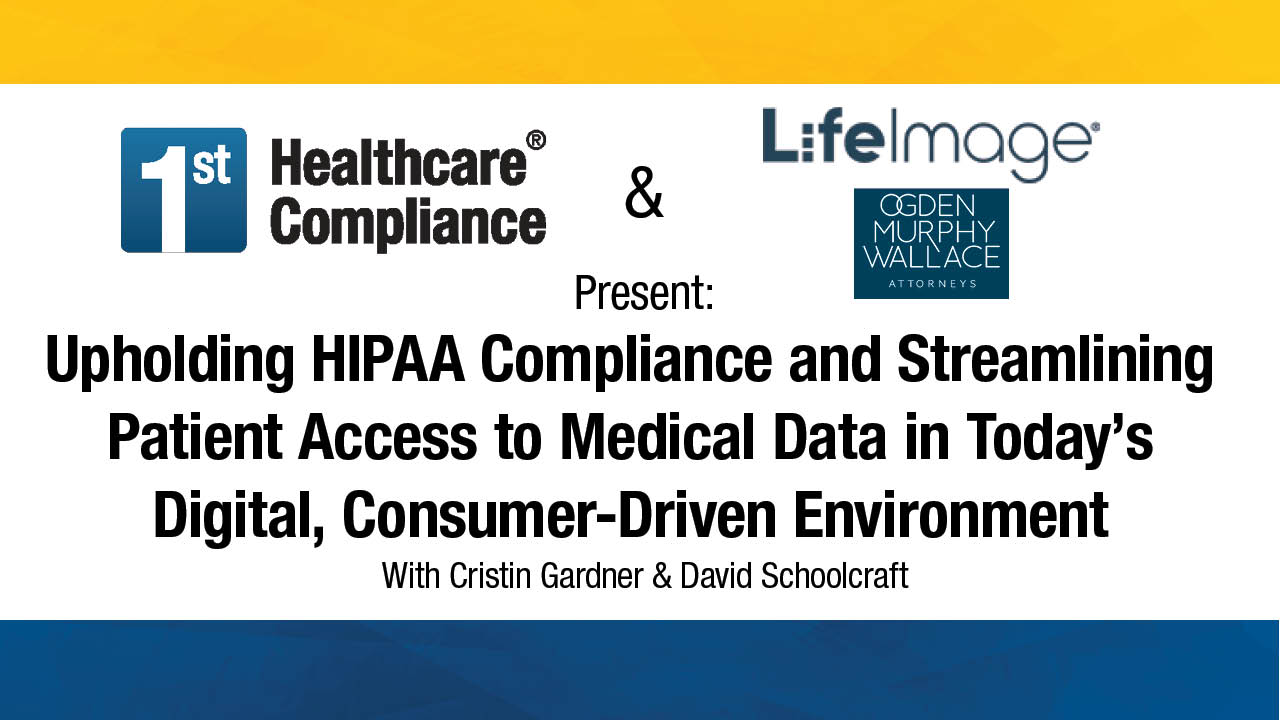Upholding HIPAA Compliance and Streamlining Patient Access to Medical Data in Today’s Digital, Consumer-Driven Environment
Digital innovation is transforming healthcare. Patients expect their medical records to be available through digital formats, including mobile applications and have a growing number of digital tools available to them. In addition to pressure from patients, the federal government has recently made significant movement to make healthcare more consumer-friendly by creating easier access to ePHI through technology and giving patients more control of their health information. These changes represent the modernization of healthcare, and they have a significant impact on compliance regulations and practices. During this webinar, consider regulatory and patient demands that are transforming healthcare, applying context using women’s breast health as an example. There are digital healthcare tools and resources available to patients and healthcare providers to alleviate burdens of tracking down and sharing breast health records that utilize today’s technology, meet patient expectations, and comply with updated HIPAA regulations. This session will be particularly informative if you rely on outdated technology like CD’s, and faxes to deliver this data to patients, or if you do not know how your organization shares protected health information. This session will strengthen provider organizations’ knowledge regarding government mandates and practice changes to meet increased patient demand to share information in digital formats using secure, HIPAA-compliant channels that will catalyze change while maintaining compliance.
Objectives:
1. Consumer trends are forcing healthcare to modernize. Consider compliance practice changes to conform to changing demands from patients.
2. Understand OCRs updated guidance on sharing ePHI with third-party mobile applications. Identify common practices to avoid that can result in significant penalties for violation.
3. With impending regulatory changes, recognize implications on current practices and identify necessary adjustments

